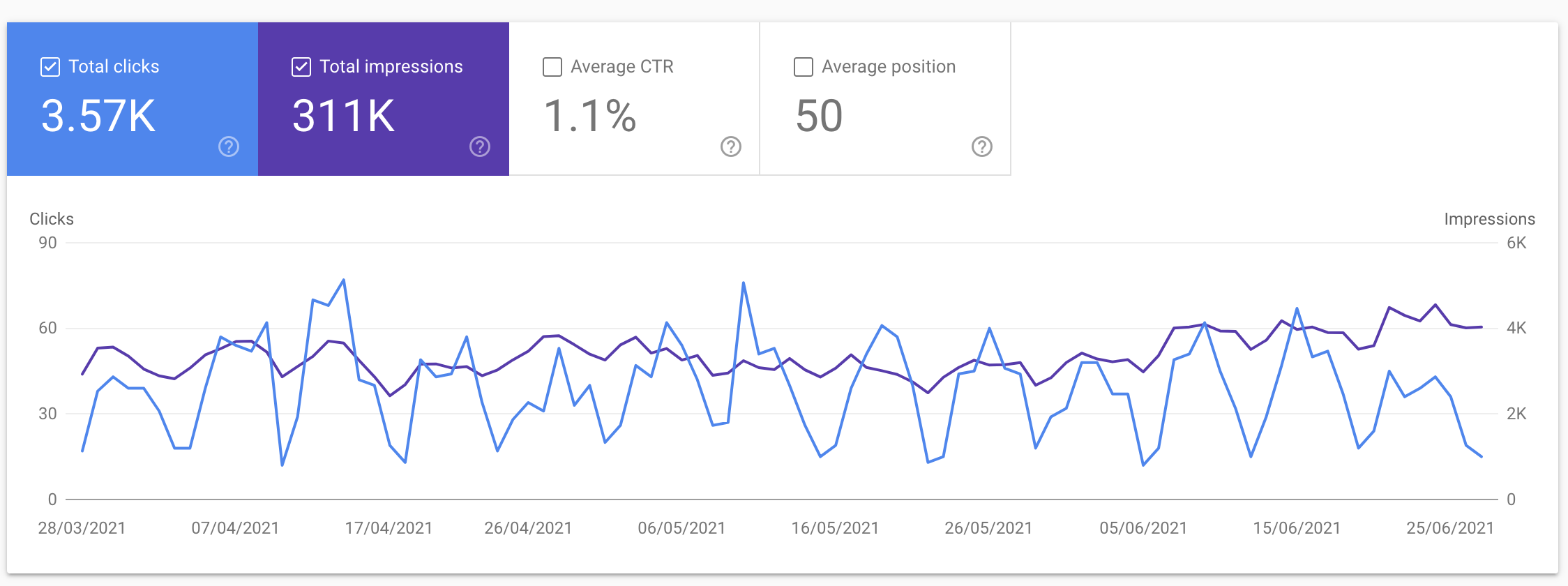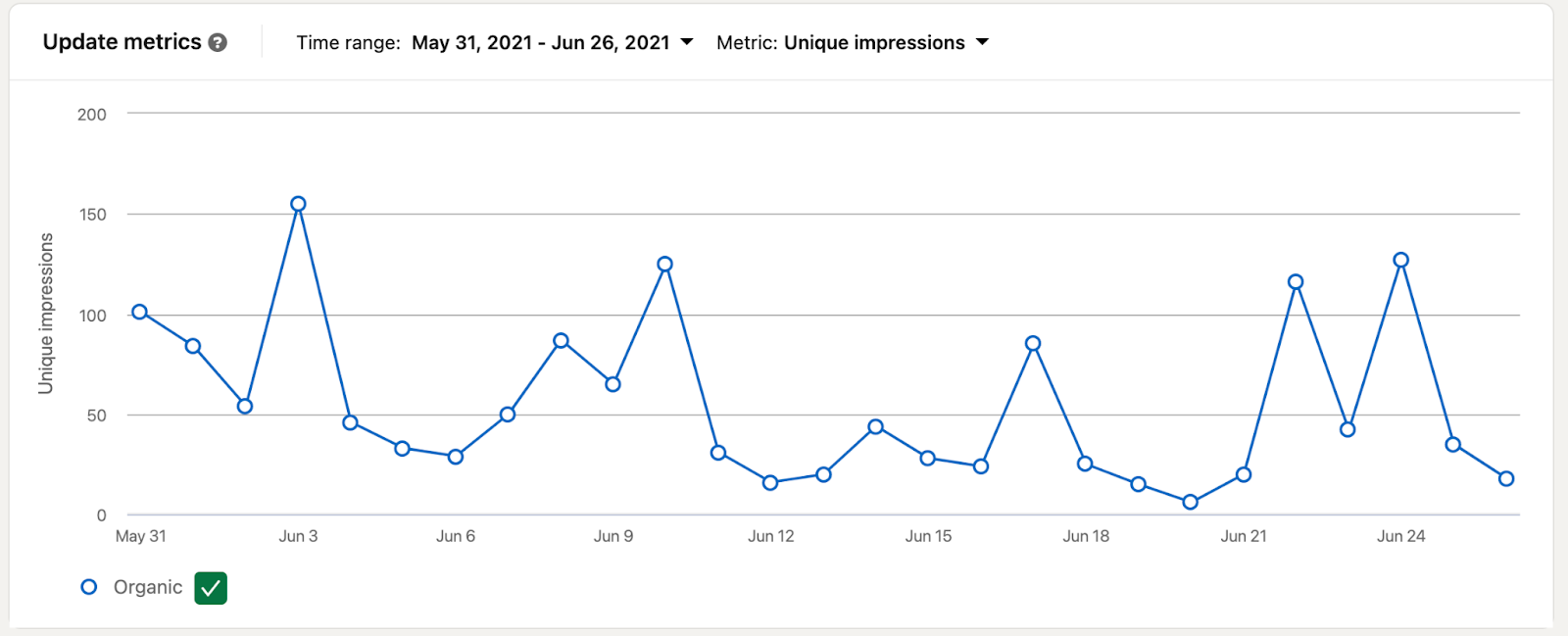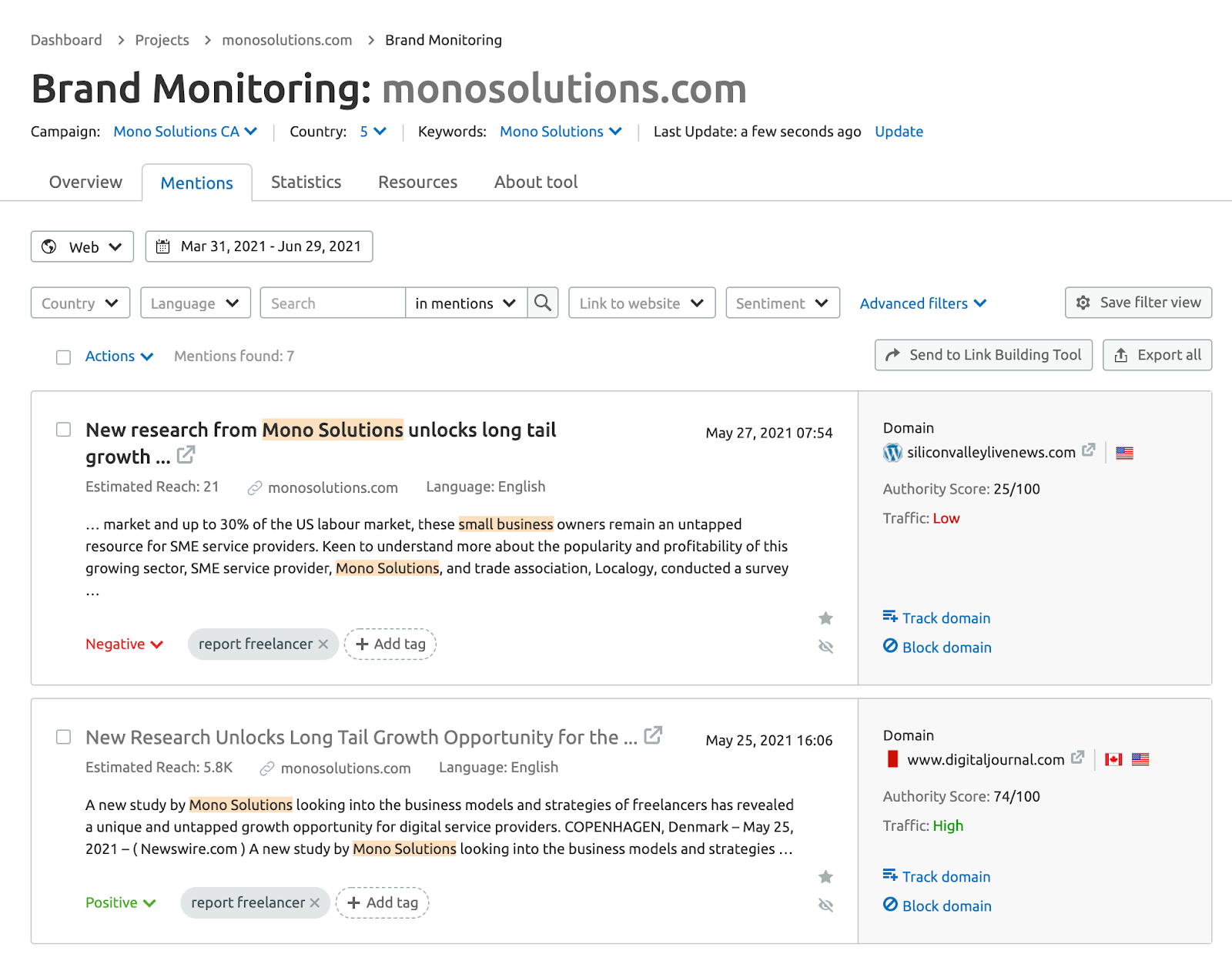Elisabeth Grothe-Møller | 01/07/2021
Best practices for measuring your brand awareness
Do your target customers know your brand? Historically speaking, advertisers had never been able to accurately measure the effectiveness of traditional advertising mediums like print, television, and radio, and billboards.
How do we measure the return on investment of traditional advertising? How do we measure the brand awareness that our ads bring when we barely know how many people looked at an ad? How can we quantify and attribute brand awareness and reputation with sales numbers?
You could set up pre-billboard tests and post-billboard tests to try and measure the effectiveness of a billboard ad on a target demographic, usually involving questionnaires and large-scale surveys; but this is a very costly activity.
You could measure the ‘daily effective circulation’ indicating the number of vehicles and pedestrians passing by the billboard on a daily basis. But would that ultimately give you a representative idea of the advertisement’s actual effectiveness in improving brand awareness and reputation?
This parameter is one of the hardest to measure and this inability to properly measure the return of investment of advertising has been a key reason why advertising has gotten such a bad reputation of being a cost-center rather than a profit-driving center for organizations.
Historically, there’s been much greater forgiveness when it comes to not being able to measure the effect of ads on brand awareness and, as a result, sales. However, digitization, a general decline of traditional communication channels, and societal reliance on brick-and-mortar operations have meant that businesses have to turn to the use of digital marketing to retain and increase market share.
This brings about a big opportunity of working with marketing in a data-driven way. As a digital marketeer specializing in data and web analytics, I am deeply invested in turning this perception around and proving the effectiveness of ads on brand awareness and ultimately on sales.
Proving to your organization (whether or not you’re working as a freelancer or as part of a team) with a data-driven approach that your marketing department is no longer a cost-center, but rather a profit center should be top of mind for any digital marketeer and is finally doable in this digital age.
There are different approaches to investigating your brand awareness that are more or less linked to one another. As of right now, you cannot rely on only using one source or tool to measure your brand awareness. You also cannot expect to get a score or a number out of a brand awareness analysis (unless you make your own measurement criteria), but rather you should expect to get an idea of how well your offline campaigns worked and whom it worked on (in terms of demographics).
You have to use different tools and then analyze the results in a holistic way to get the most out of such an analysis.
1. Google Search Console and Google Analytics
Using the free tools from Google (like Google Search Console, Google Analytics, Google Trends) is one of the best ways for measuring changes in brand awareness. You can track your brand awareness on Google Trends and keep tabs on how many times and in what context your brand has been mentioned online.

The data you get back from Google Search Console and Google Analytics can tell you a lot about the impact of offline campaigns, such as TV campaigns and ads in newspapers. If your impressions and direct traffic go up after a time-restricted event, preferably in a geographical area and with an age group relevant to your launched initiatives, that tells you something about your brand awareness.
2. ‘Reach’ on social media platforms
Measuring brand awareness on social media has moved from analyzing how many likes a post got, to looking at ‘reach’. As likes were removed from Instagram users felt less pressure to double-tap a post, engagement rate is becoming a less reliant performance indicator.

In the case of Instagram, it is more accurate to look at ‘reach’. Forming a best practice for your brand account is about using and checking your reach on each and every post, analyzing what worked and why, and shaping your social media strategy, and planning future posts according to the results.
3. Surveys and reviews
Measuring the success of campaigns by evaluating the effect of brand awareness can be done through surveys. Old school – I know – but not to be underestimated.
Running local tests focused on smaller regions where there has been marketing activity and cross-referencing those results with tests in similar regions without any marketing activity is a good way to start. Setup review collection on Google Storefront and Trustpilot (best for B2C) and G2 (in case you’re B2B) and look over the results.
4. Semrush
Semrush has a paid plan that includes a feature they call ‘brand monitoring’. It shows your brand’s mentions over time and gives you granular insight into who is mentioning your brand.

If you’re running a campaign, you can with great benefit compare the trends of mentions, backlinks, and brand authority score. Semrush will give you a specific score, which always makes it easier to use when you’re debriefing others after an ended campaign.
Key takeaways
When all is said and done, it’s incredibly difficult to estimate brand awareness. As highlighted above it is usually something you would do in correlation with a campaign, to prove that your brand awareness was positively affected by the initiatives. It can be done, but it is very difficult. Dig into the options mentioned above and determine what combination of tools would be the best for you.
About the author
Elisabeth Grothe-Møller is the new Conversion Rate Optimization and Web Analyst at Mono Solutions. Elisabeth brings Fintech startup experience to the table and has worked with digital marketing and data analytics for small businesses since 2013. Most recently, she worked at Danske Bank within Innovation and Strategy. With startup and corporate experience as well as academic training within humanities and social sciences, Elisabeth is driven by delivering actionable data-driven insights and strategies.